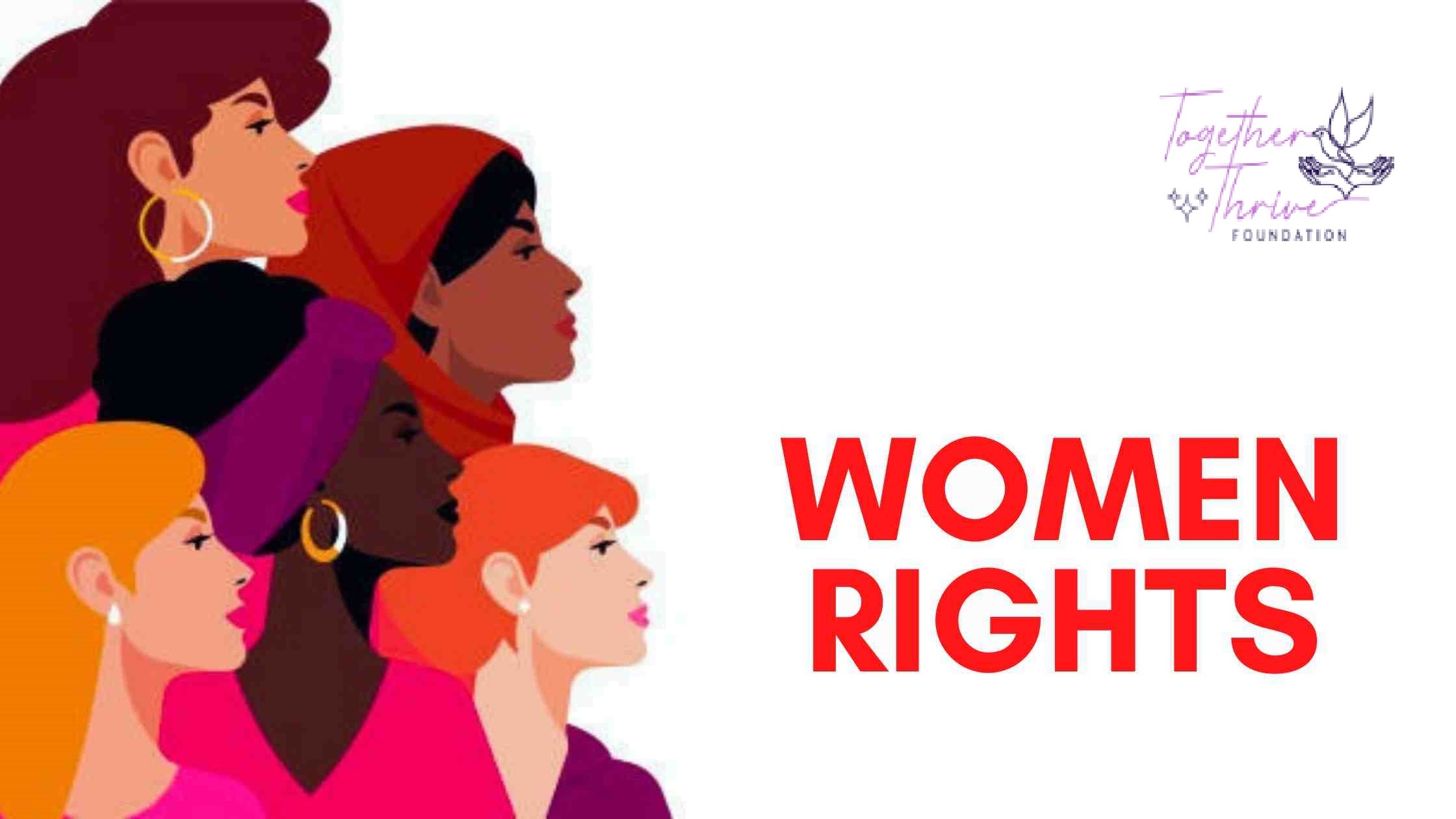
Service
The conversation around women safety laws in India is more relevant today than ever before. As awareness and social conscience are on the rise, the call for strong legislation and effective implementation keeps mounting. But how effectively are these laws safeguarding them? Are the provisions guaranteeing their safety in public, at the workplace, and even at home being implemented appropriately?
This is where organizations such as Together Thrive come into play—not just as champions but change catalysts. While the Indian legal system has launched a number of key legislations to tackle gender-based violence and discrimination, the real extent and impact usually rely upon how much people comprehend, know, and apply these laws. Together Thrive stresses the importance of education, awareness, and action on women safety laws in India to create tangible impact.
Their mission is evident: enabling communities to uphold and advance the human rights of women in India, while also ensuring that systems are held accountable. By bridging the gap between policy and practice, We makes safety not only a promise, but a reality.
Apart from judicial safeguards, the general scheme of human rights of women in India provides dignity, equality, and the right to an existence without violence and discrimination. The rights are universal, inalienable, and interdependent. Yet they remain out of reach for the majority because of socio-economic, cultural, and system barriers.
From harassment in the workplace to violence in their homes, women all across the nation face numerous obstacles against these natural rights.
The work of organizations such as Together Thrive becomes crucial in such situations. They emphasize community outreach to establish safe spaces where people can speak about, report, and pursue justice for offenses against the human rights of women in India.
Through harmonizing their activities with national and global human rights standards, they offer tools and frameworks for enduring change. Their collaborations with law institutions and gender rights activists facilitate them to guarantee that women safety laws in India support these greater human rights efforts.
Additionally, by covering both urban and rural areas, they tackle the complex issues that women encounter—whether it is patriarchal expectations or inability to access legal assistance.
Whereas legislative provisions target particular kinds of violence or discrimination, women’s rights in Indian constitution establish the basis of equality and justice. Articles such as 14 (Right to Equality), 15 (Prohibition of discrimination), and 21 (Right to life and personal liberty) clearly advocate protection and empowerment of women.
These constitutional guarantees are the foundation on which Indian laws for women’s safety are constructed. However, even knowledge of women’s rights in Indian constitution tends to be patchy among the common populace. Most are unaware that their daily lives, from discriminatory wages to unsafe public places, are direct contraventions of their constitutional rights.
Together Thrive makes constitutional literacy a central aspect of their educational programs. Through community seminars, legal aid clinics, and school outreach programs, they empower individuals—particularly women—to grasp the ways in which women’s rights in Indian constitution become concrete legal protections.
This base further ensures that if they take a stand for law enforcement accountability or policy reforms, they are doing so on constitutional grounds. While they bring to the forefront the interaction between statutory protection and constitutional rights, they further ensure the importance of robust women safety laws in India.
India has taken various legal steps towards the protection of women through extensive laws. Ranging from the Protection of Women from Domestic Violence Act (2005) to Criminal Law (Amendment) Act (2013), which followed the Nirbhaya incident, women safety laws in India have come a long way in responding to the urgent needs of society. These laws, in turn, seek to shield them from harassment, assault, trafficking, abuse on grounds of dowry, as well as cybercrime, among numerous others.
But enforcement remains a problem. Ignorance, social stigma, crimes being under-reported, and in some cases even the willingness of the police being lacking, prevent the maximum effect from these protective mechanisms. They collaborate with community organizations, legal professionals, and local policing to facilitate awareness about women safety laws in India in such a manner that legal literacy becomes easily available even in rural and remote settings.
In the process, they go a long way in enabling realisation of women’s human rights in India, which go hand in hand with these legislations. By facilitating individuals to identify early warning signs of abuse or legality breach, We allow for faster, more efficient intervention.
The journey from envisioning protective legislation to getting it implemented on the ground is long and complex. But organizations such as Together Thrive are paving the way, one community at a time. With their consistent efforts, they ensure that women safety laws in India are not just documents of intention but instruments of real change.
They believe that securing the human rights of women in India and instilling in people’s lives the principles contained in the women’s rights in Indian constitution is a collective responsibility. Equipped with the right knowledge, backing, and support, the safety and respect for women are not just concepts— they become achievements.
Leave a Reply